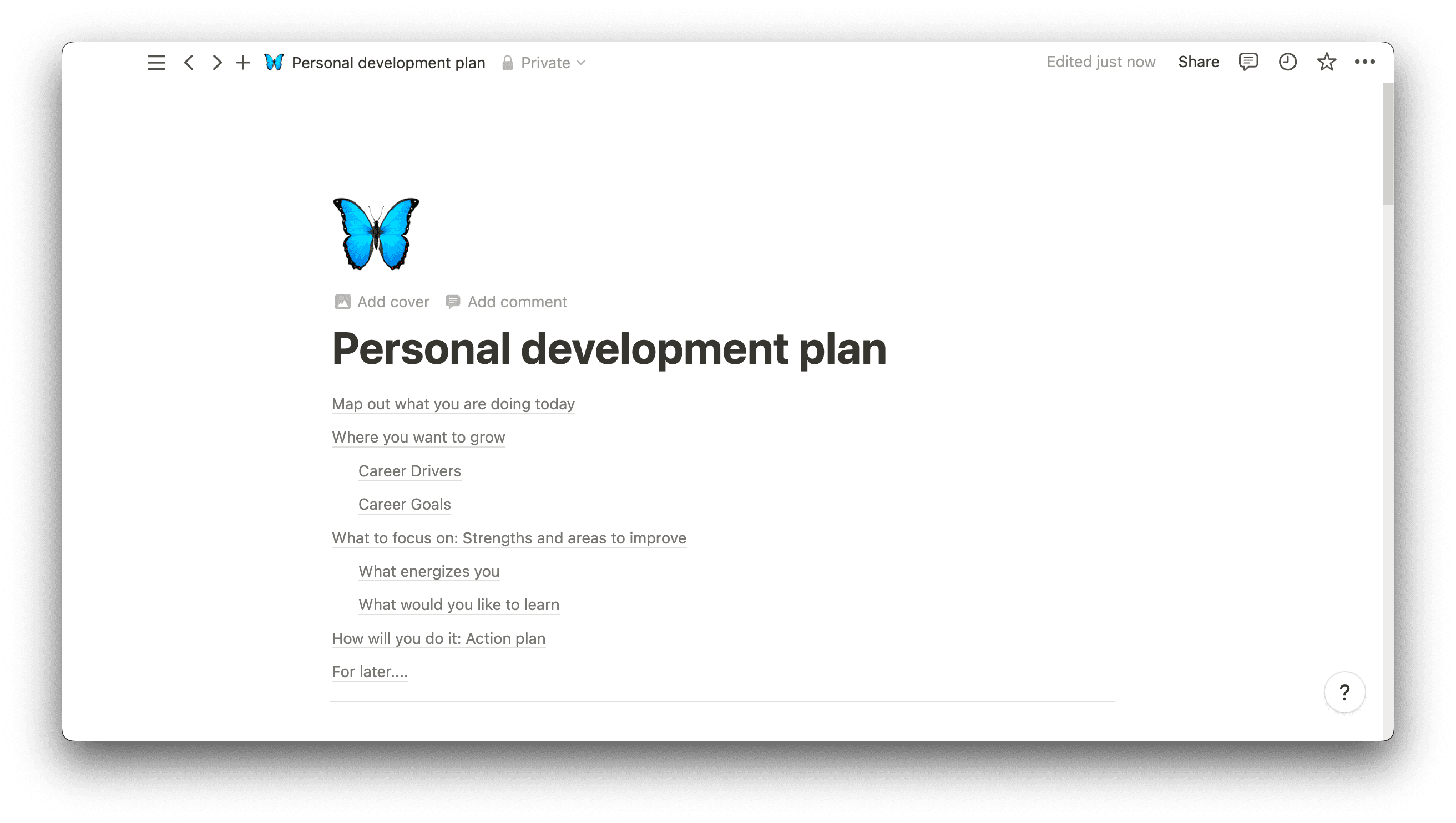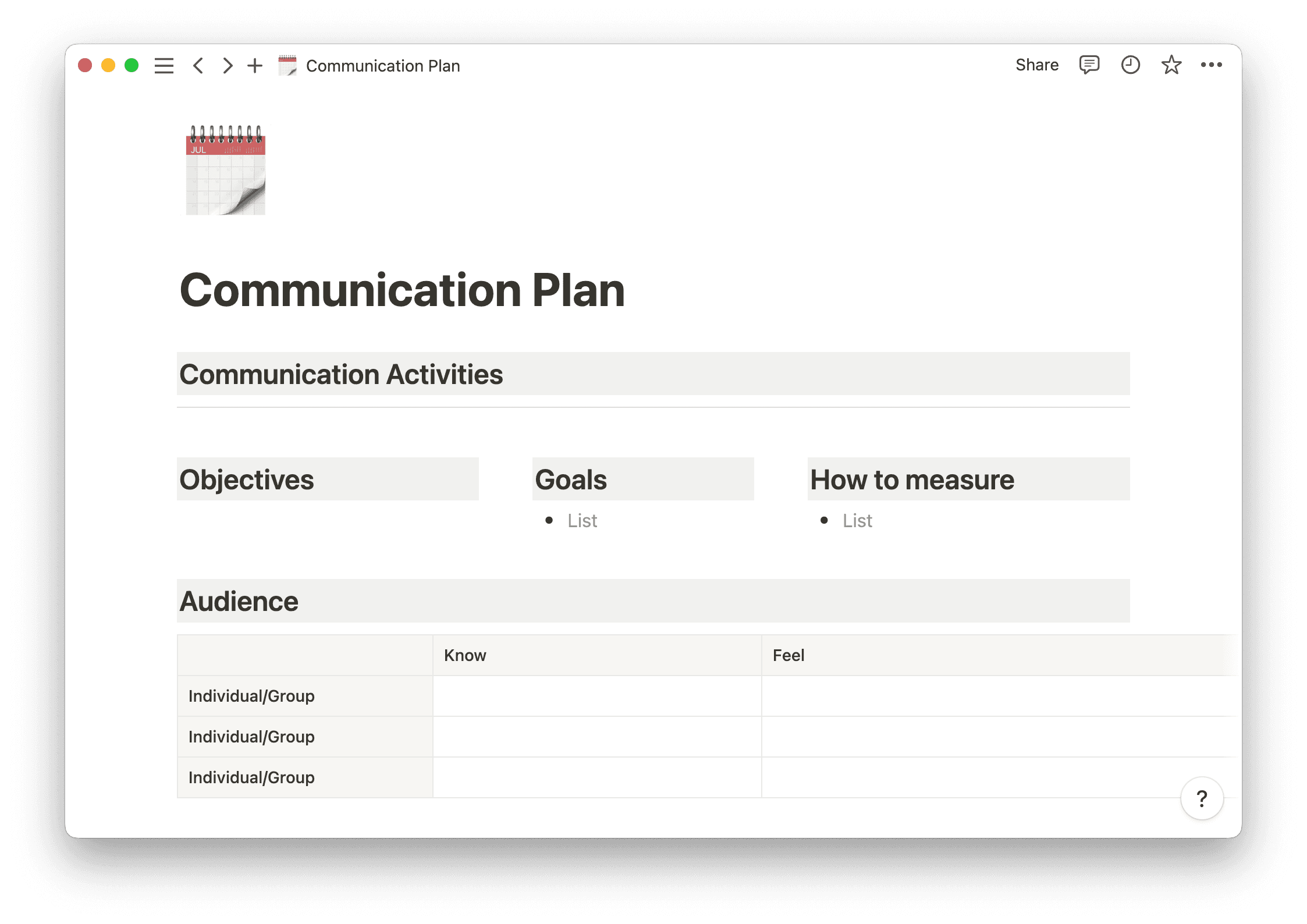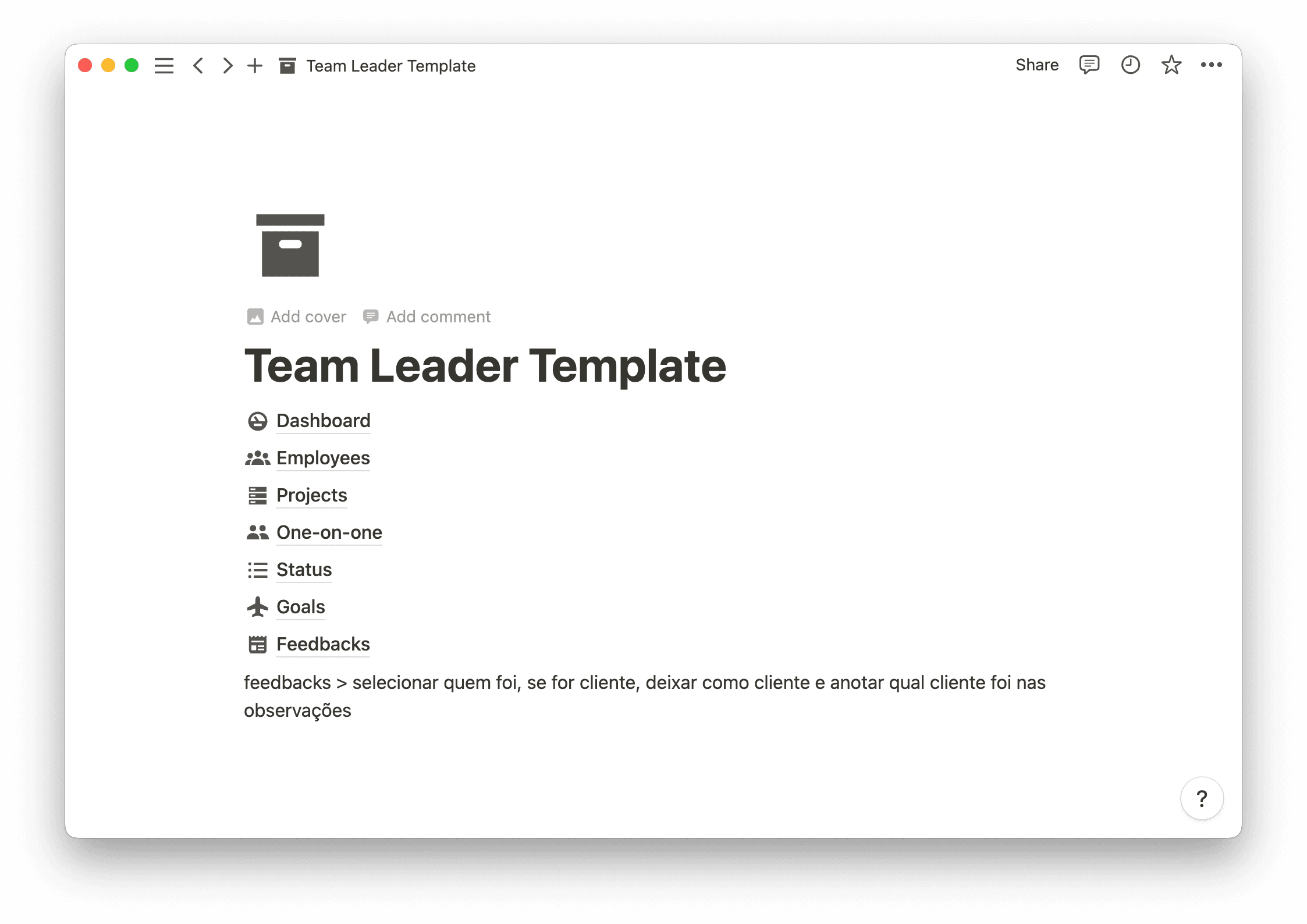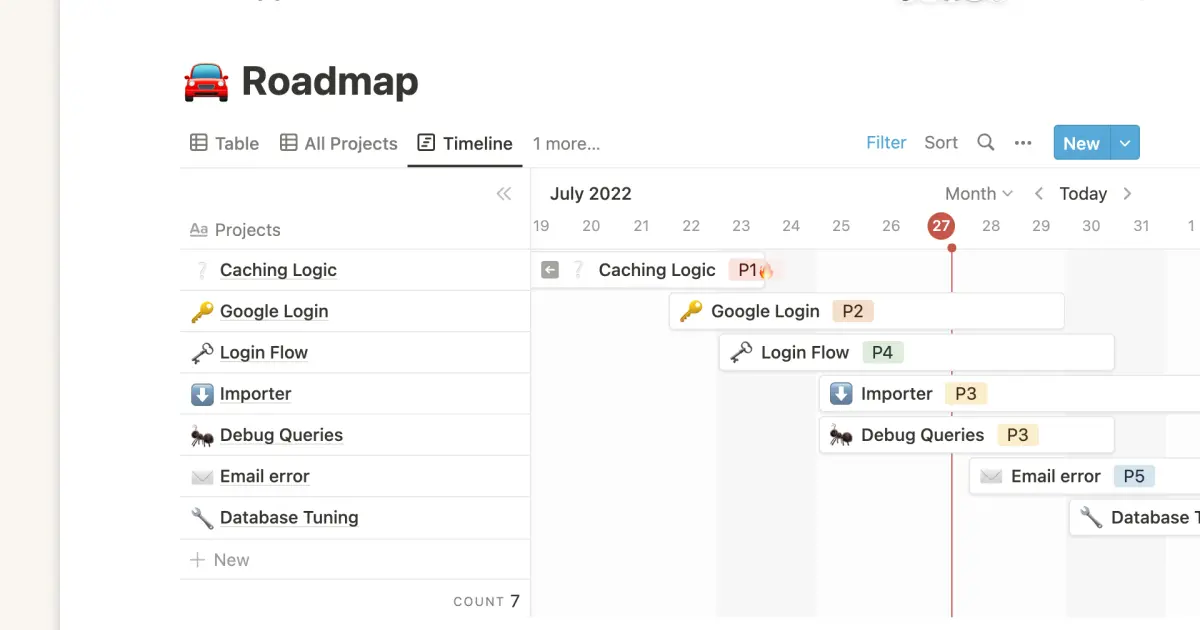As a manager, your role extends beyond overseeing projects and meeting deadlines. It's also about inspiring people to put up their best effort and commit to the company's success.
Think about the leaders you've worked with throughout your career. What were their management styles? What made you feel you were part of a great group? How did they inspire you to give your absolute best?
Effective managers benefit from knowing the different methods and adjusting approaches as necessary. Let's explore what a management style is, the different types of management styles, and how you can adopt a new one.
What’s a management style?
A management style dictates your approach to management, guiding how you problem-solve and execute projects. It also informs how you communicate, make decisions, and lead your team.
The way you approach your staff might vary from project to project. If you prefer a coaching management style, where you focus on mentorship and extensive feedback, you might find it ineffective and time-consuming when your team’s constantly working in sprints. But if your team seems disengaged or overwhelmed, consistent and constructive feedback might be what they need.
Explore your strengths and weaknesses to determine which management methods are the most appropriate for your workplace and scenario. One management style may not be universally effective, so adapt your approach based on the nature of the organization, level of management, and culture.
What responsibilities does a manager have?
While companies typically look for managers who can make decisions and deliver consistent results, team members expect leaders to offer guidance, support, and motivation. Managers need to balance the need to serve as a central figure in an organization with overseeing and coordinating a team's efforts to achieve company objectives.
Some of a manager's essential qualities and responsibilities include:
Communicating effectively
As a manager, you must convey ideas clearly and listen actively to your team members. Open and transparent communication fosters trust by ensuring team members feel informed and valued, leading to stronger collaboration and better decision-making.
You're also the bridge between higher-level managers who set strategic goals and staff members responsible for executing tasks. It’s your job to ensure that all critical is available to each team member so everyone’s aligned and empowered to make informed decisions.
Team-building
Think of yourself as a team captain. Your job is to build a dream team and keep them inspired. An efficient manager knows how to assemble and engage a collaborative team and align their objectives with the company's goals.
Motivation also plays an important role in team building, and managers can contribute by setting achievable goals and recognizing outstanding performance.
Decision-making
Managers are often responsible for making many decisions in a day — some easier than others. You have to quickly weigh the pros and cons of an outcome with the impact on the organization's quality standards or your team’s workload.
Adaptability
The business world never stops moving. Be flexible and open to new ideas, technologies, and methodologies to keep your team competitive and constantly improving.
8 types of management styles
There isn't a management method that proves itself above the rest. Each one has its own advantages and disadvantages. The best management styles will be the ones that match your natural character, work environment, and team's preferences.
1. Autocratic management style
In this management style, you're the captain, and your word is law. You make all the calls and set the pace, and the team follows orders.
Pros — quick decision-making, clearly defined roles and responsibilities, limited confusion about what procedure to follow
Cons — limited creativity, may lead to employee dissatisfaction due to lack of autonomy
Best match — industries requiring strict compliance or safety, such as manufacturing or emergency situations
2. Democratic management style
If you're leading a project team and you encourage active participation and input from all members, you’re managing democratically. Letting every team member contribute to discussions and problem-solving shows that you hear and value them. And finding a solution that everyone agrees on, even if it takes more time, means stronger collaboration.
Pros — involves employees in decision-making, raising morale and engagement
Cons — slower decision-making, which may be less effective in crisis situations or strict industries
Best match — creative industries where innovation and teamwork are essential, as well as for brainstorming sessions or early project planning phases
3. Persuasive management style
As a leader with a persuasive management style, you articulate a compelling vision for a project or organization and inspire your team to align with that vision. You convince your team to see it your way, and they go all in. This doesn’t mean they can’t persuade you to follow another course of action, but the goal is to align on a clear, ideal outcome.
Pros — strong leadership and clear vision
Cons — limited input from team members, potential for resistance
Best match — startups or organizations in need of a leader with a unique vision
4. Laissez-faire management style
You provide your team with autonomy and freedom to execute tasks, like a facilitator who encourages creativity and independent thinking. In these situations, you might have your own work to complete, letting your team spend their day-to-day unbothered. Routine check-ins and an open-door policy will help your team feel supported but free.
Pros — delegative leadership, high autonomy for team members, creativity thrives
Cons — lack of structure, may lead to confusion or a lack of direction
Best match — companies with highly skilled and self-motivated teams
5. Consultative management style
You're in charge of planning a roadmap for a project, and you engage your team in decision-making processes, seeking their input and ideas. Similar to a collective brainstorming session or democratic management style, it's a team effort to find potential solutions. But you, as the manager, get the final say on what your team will do after receiving their input.
Pros — considers everyone’s ideas, combines leadership and teamwork, improves employee engagement
Cons — time-consuming, potential for disagreements or detours
Best match — complex problem-solving scenarios, whether that’s individual projects or a team’s standard
6. Transactional management style
Being a transactional manager means employing a structured and results-oriented approach to leadership. By setting clear and specific goals that have rewards, you rely on extrinsic motivation to achieve optimal job performance.
Pros — clear expectations and rewards, effective in task-oriented environments
Cons — limited focus on individual growth, can lead to a rigid work environment
Best match — projects with specific tasks and deadlines to meet
7. Coach management style
With a coaching leadership approach, you take on the role of the mentor who guides team members through regular feedback, encouragement, and motivation. Doing this will empower team members to own their growth by setting goals and creating action plans to develop skills.
Pros — individual growth, skill improvement
Cons — time-consuming, may not work in high-pressure situations
Best match — teams or organizations where personal development is a priority
8. Results-based management style
As a results-based manager, your primary concern is the end result. You set clear and measurable goals and work tirelessly to achieve them, focusing on efficiency and effectiveness.
Pros — goal-oriented, efficient, outcome-driven
Cons — may overlook individual needs and prioritize outcomes over personal well-being
Best match — projects with strict deadlines and a need for clear objectives
How to adopt a new management style: A step-by-step guide
There’s a chance that you’re managing your team exactly how you need — you’re supportive, offer encouragement, and keep a steady stream of feedback heading their way. But if you want to try something new, here's a comprehensive guide to help you adopt another management style:
Self-assessment — reflect on your current management style and identify areas for improvement. Do you forget to update your team after meetings with stakeholders? Are you vague with your feedback? Could you use a reward system to improve motivation?
Team check — assess your team's strengths and weaknesses. Consider their needs and the nature of your projects to tailor your approach. If you have a team with strong technical skills but weak communication skills, you might adopt a management style that emphasizes clear communication and team-building activities.
Select a style — choose a management method that aligns with your company objectives, leadership goals, and team's needs. If your organization aims to prioritize professional development, the autocratic style might stifle your team’s ability to improve or even excel.
Training and development — acquire the necessary skills associated with your chosen style through training or new experiences. You might take a course or hire a career coach to widen your access to knowledge about how to manage.
Implement gradually — introduce elements of your new management style progressively to allow your team to adapt. It will be tough for everyone if you decide to take a new approach without sharing it with your team or planning for an adjustment period.
Feedback and adaptation — keep the lines of communication open with your team. Everyone is different, so what works for one person might not work for another. Seek feedback from each team member, either through 1:1 meetings or group sessions, to see where you can adjust your approach.
Lead with confidence with Notion
Managing strategically requires an understanding of the different methods and switching things up when the situation calls for it. By learning to adapt, you can create a more motivated and committed workforce.
Whether you're aiming for a democratic, laissez-faire, or consultative management style, Notion's ready-to-use, customizable templates can assist you in making your life as a manager even smoother. Explore Notion's extensive library fortask management tables, , or this detailed .







